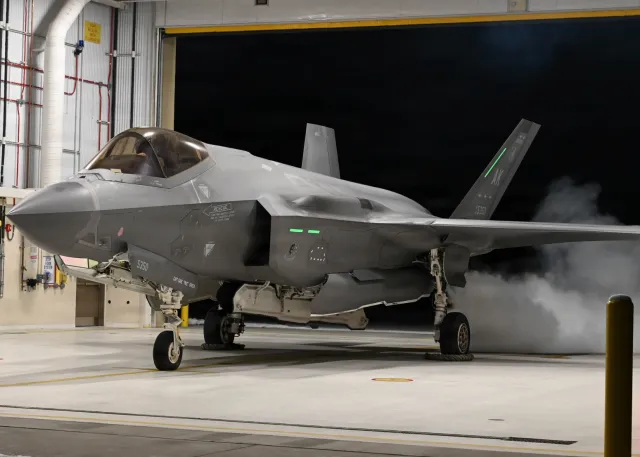JUNEAU — Backers of a new ballot measure proposing limits on donations to political candidates failed to make the cutoff for this year’s elections.
With the Alaska Legislature not expected to pass a bill dealing with the topic this year, there will be no limit on the amount of money that someone can give a candidate for office in this year’s state elections. Federal limits still apply to this year’s U.S. House elections.
If the Alaska Legislature fails to pass a substantially similar bill in 2025, the 2026 elections will also take place without limits.
“We clearly did not make the deadline,” said Bruce Botelho, a former Alaska attorney general who lives in Juneau and was a co-sponsor of the ballot measure.
Two other ballot measures — one proposing an increase to the minimum wage, and another proposing the repeal of Alaska’s open primary and ranked-choice general elections — did gather enough signatures, and those are now being verified by the Alaska Division of Elections.
[Alaska House committee advances legislation to repeal ranked choice voting]
If the signatures are confirmed, those measures will be on either the primary or general election ballot, depending on when the Legislature adjourns this year.
In order to make this year’s ballot, supporters needed to gather the signatures of 26,705 registered voters, with a minimum amount from at least 35 of the state’s 40 House districts, before Jan. 16.
That didn’t happen with the measure limiting campaign donations, largely because the measure got a late start: Supporters received their signature booklets Sept. 18 and had just four months to make the deadline.
“I think we just have not had enough volunteers collecting enough signatures, primarily in the Railbelt area,” Botelho said.
He said he knew the job would be difficult but thought it wasn’t impossible. In 2011, Botelho was part of a group that called for a vote on a coastal zone management plan. The group received their signature books four days before Christmas 2010 but still managed to make a mid-January deadline.
That measure, which didn’t pass a statewide vote, was supported by local governments, which made signature-gathering easier, Botelho said. The new effort was volunteer-driven.
Rep. Calvin Schrage, I-Anchorage, is another co-sponsor of the effort and said that signature-gathering was “a little bit behind where we’d like to be,” but that sponsors have until September to gather enough names to make the 2026 ballot.
“We’re not going to meet the 2024 ballot deadline, but we are continuing forward,” he said.
Originally published by the Alaska Beacon, an independent, nonpartisan news organization that covers Alaska state government.

:quality(70)/cloudfront-us-east-1.images.arcpublishing.com/adn/UKTA2VTJRNAPVHAM3Q4WGKJYFU.jpg?ssl=1)











































